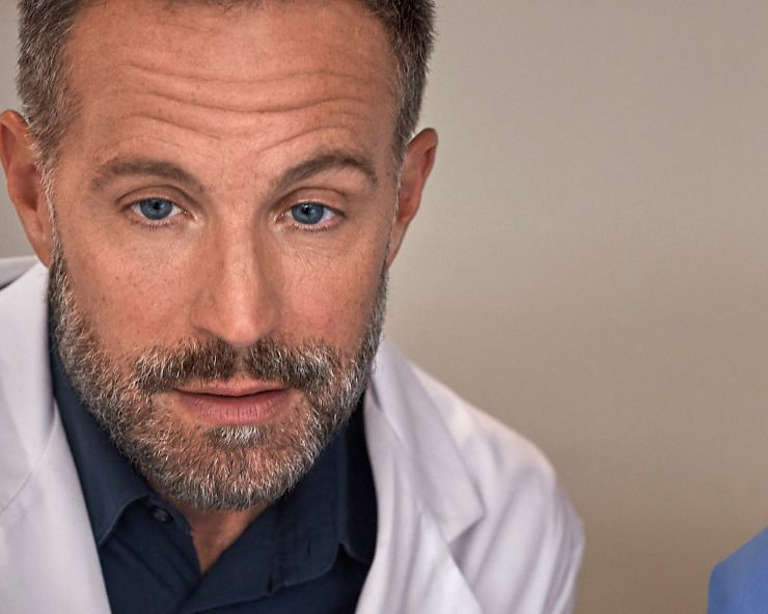
Diagnostic and clinical informatics
Integrated diagnostic solutions for better patient care
Don’t let data and capabilities that are fragmented and siloed keep you from your mission of delivering timely, meaningful care. Discover solutions that aid you in the fast, accurate diagnoses that are crucial to your patients while also providing a more satisfying way of working. When it comes to healthcare informatics, you need a partner who understands not only IT, but also the many nuances of effective care delivery. Data access is the bedrock of quality care. Let us help you make the leap to fully integrated solutions so that you can take diagnostics to another level.
Product categories

The top five things to look for in an enterprise informatics partner
Developing an effective enterprise imaging strategy is often easier said than done. How do you choose a partner who can help you accomplish this? Here are five points to consider when choosing an enterprise informatics partner to focus on providing access to any type of medical image, anywhere, at any time by anyone across the continuum of care in healthcare systems.
Have access to the complete patient record whenever and wherever needed
A complete radiology workflow with embedded reporting and advanced applications for diagnostic outcomes to eliminate time-consuming manual data searches. A single source of imaging information used to create the Imaging Health Record.

Turn clinical findings into a decisive actionable plan
You need a complete overview of your patient’s cardiovascular history. By seeing the past as well as the now, you can make faster, more informed decisions. Make the leap to integrated cardiology solutions that take sharing data and clinical decision-making to another level.

Enterprise solutions
Disclaimer
Product may not be available in all geographies. Please check with your local Philips representative to ascertain applicability of this solution for your region and language requirements.






